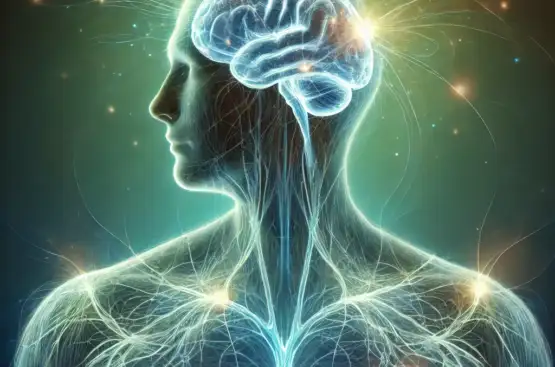EMDR - Heal From The Past

What Is Eye Movement Desensitization And Reprocessing (EMDR)?
EMDR Stands For Eye Movement Desensitization And Reprocessing.
This form of therapy helps individuals process distressing memories and associated emotional responses through a structured eight-phase approach that uses bilateral stimulation, often in the form of guided eye movements.
Developed by Dr. Francine Shapiro in the late 1980s, EMDR is rooted in the belief that traumatic memories can sometimes become “stuck” in the brain, leading to lingering negative thoughts and emotional responses.
EMDR aims to unlock these memories, enabling them to be fully processed, which helps individuals replace negativity and distress with positive thoughts and healing.
Eye Movement Desensitization Reprocessing (EMDR)
Eye Movement Desensitization Reprocessing (EMDR) Is A Unique And Effective Psychotherapy Technique Developed To Help Individuals Process And Heal From Traumatic Experiences.
EMDR therapy has gained recognition for its success in treating a variety of mental health concerns, including trauma, anxiety, panic attacks, depression, eating disorders, and stress associated with chronic illness. By targeting and transforming painful memories, EMDR allows individuals to shift from distress to a state of calm, resilience, and improved emotional well-being.

What Are The Phases Of EMDR Therapy?
EMDR Therapy Involves Eight Distinct Phases:
- History Taking and Treatment Planning: The therapist gathers information about the client’s history and identifies specific memories to target.
- Preparation: The client learns coping mechanisms and relaxation techniques to manage emotional distress.
- Assessment: The therapist identifies the specific traumatic memories and associated negative beliefs.
- Desensitization: Bilateral stimulation is used while the client recalls the distressing event, allowing the brain to reprocess the memory.
- Installation: Positive beliefs are introduced and strengthened, replacing the negative beliefs associated with the trauma.
- Body Scan: The client checks for any residual physical tension or distress related to the memory.
- Closure: Each session ends with the client feeling safe, stable and grounded.
- Reevaluation: The therapist and client review their progress and address any remaining distress.
Frequently Asked Questions
What conditions can EMDR help with?
What conditions can EMDR help with?
While initially developed for PTSD, EMDR is now used to treat a variety of mental health concerns, including:
Post-traumatic Stress Disorder (PTSD)
Anxiety and Panic Attacks
Depression
Eating Disorders
Sexual Dysfunction and Relationship Issues
Chronic Disease-Related Stress
What is the experience of EMDR like?
Many clients describe EMDR as a dream-like process or watching a movie reel of memories. As therapy progresses, the distressing memories become less vivid and emotionally charged, allowing individuals to release negative emotions and feel a sense of peace and control.
Why choose EMDR?
EMDR offers a structured yet flexible approach to healing from trauma and distressing memories. It does not require detailed retelling of the trauma, making it suitable for those who find it difficult to talk about their experiences. EMDR taps into the brain’s natural healing mechanisms to process and release negative memories.
Is EMDR scientifically supported?
Yes, EMDR is an evidence-based therapy supported by numerous research studies. It is recognized as an effective treatment for trauma by organizations such as the World Health Organization (WHO) and the American Psychiatric Association (APA).

Latest Blog Posts

Surviving a major trauma changes you. For years, I lived with vivid, haunting memories that felt as real as the moment they happened. My journey to healing was long and painful, but it taught me something invaluable: freedom from trauma is possible, even when it feels out of reach. Years ago, I was in a catastrophic car accident that turned…

Trauma can settle into your body, mind, and even your sense of self. For years, I thought I’d never escape the pain of my past. The images and sensations of a horrific car accident lived rent-free in my mind, replaying themselves in vivid, painful detail. It wasn’t until I found a process similar to EMDR that I truly began to…

Trauma leaves marks—on the mind, the body, and the spirit. The impact can feel inescapable, whether it’s a sudden, life-altering event or the cumulative weight of painful experiences. For many, it’s not just the memory of the event that lingers; it’s the emotions that attach themselves to it. But there’s good news: healing is possible. EMDR (Eye Movement Desensitization Reprocessing)…
